WARNING:If you are weak-hearted, or sensitive to the graphic details of the massacre, you may want to reconsider.
A history buff or someone familiar with ancient events may know of an ancient civilization dating back to 2500 BC, known as Assyria in Mesopotamia.
Modern Assyrians (Syrian Christians) claim to be descendants of the same.
These indigenous peoples are an ethnic group native to the Middle East, who sometimes identify themselves as Syrians or Aramaeans, and are known as Assyrians.
At present, northern Iraq, southeastern Turkey and northwestern Iran and northeastern Syria form the region that was originally where the Assyrians lived. You could say it was their home country.
Most Syrians have migrated around the world, to Asia, Europe, Australia, North America and elsewhere. This was provoked by nerve-wracking events such as the Assyrian genocide and the Diyarbakir massacres that took place during the First World War.The perpetrators of this massacre were some shady officials from the Ottoman Empire in accordance with the Kurdish tribes.
In this blog we will find out about one of the darkest periods in Assyrian and Armenian history that resulted in tens of thousands becoming homeless, thousands being forced to convert to their religion and thousands being murdered in cold blood.
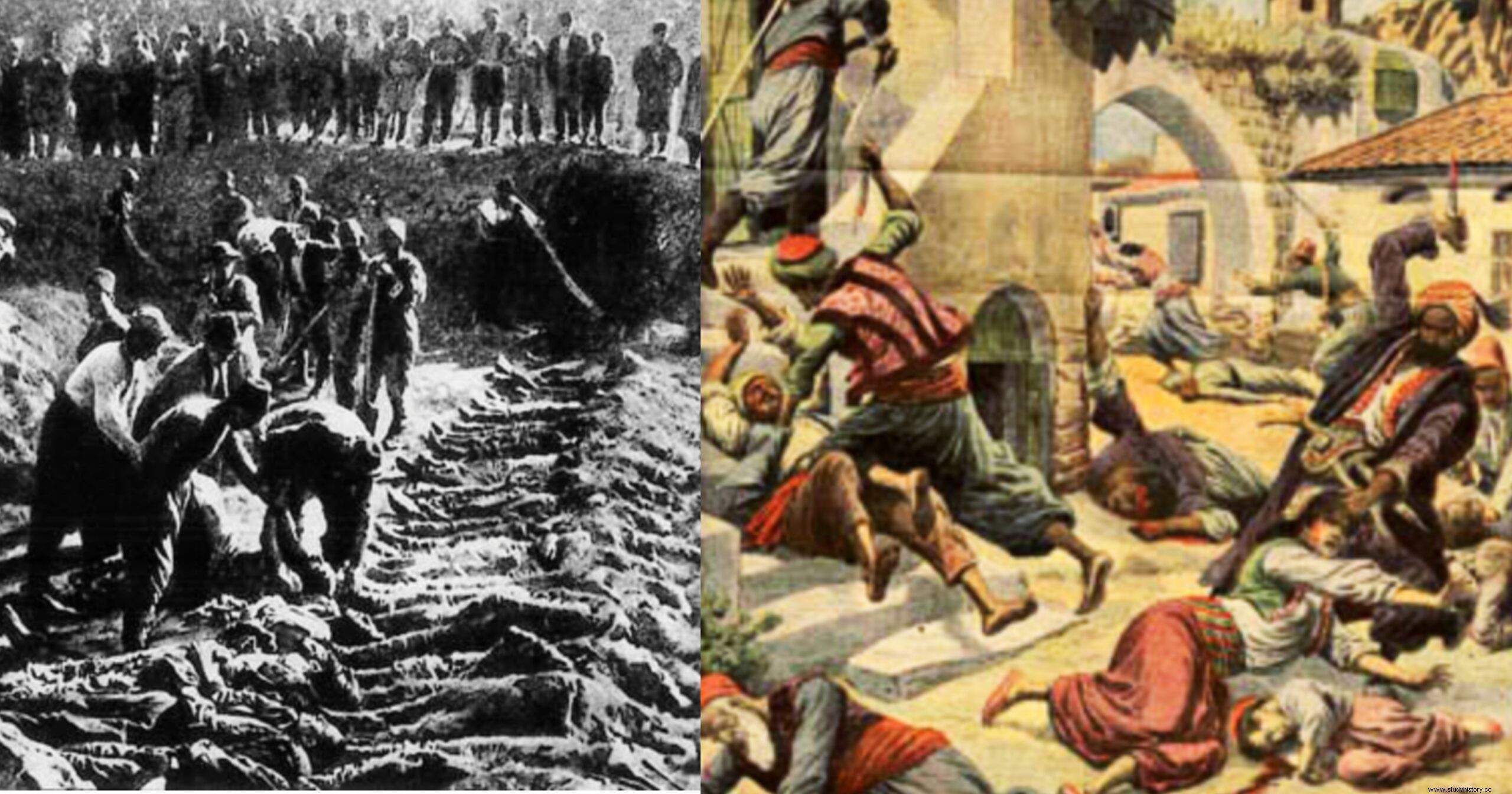
The Diyarbakir Massacre
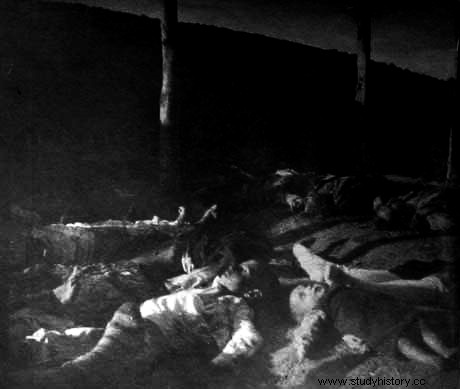
It is said that the massacre was launched by Ottoman politicians and bureaucrats to try to destabilize the condition of the Armenians.
Not long after it began, it somehow changed into an anti-Christian movement that ended in more than 25,000 XNUMX deaths among indigenous peoples.
The massacre may have started against Armenians only, but it soon moved to the Diyabakir region as well as Tur Abdin.
Targeted at the dominant Christian population as Armenians and Assyrians in the vilayet, the Diyarbakir massacre was part of the Hamidian massacre. It happened between 1894 and 1896.
What happened to Backstage?
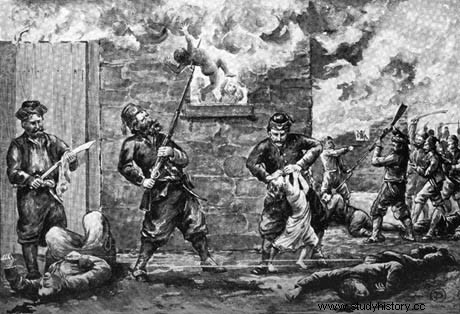
An intense famine caused chaos in the surrounding area. You could say that this led to frequent Kurdish raids on the villages in the province for some consecutive years.
18 people were killed in the province of Tur Abdin in August 1888, by the atrocities of the Kurdish Aghas. In October 1889, about 40 villagers (men, women, children) were massacred in Syrian / Assyrian villages.
These events heralded the gruesome massacre that left a dark mark on history. Back In 1894, in the Sasun district of Bitlis vilayet, 4,000 Armenians revolted against the Kurdish nomadic tribes in protest of the traditional taxes imposed on them.
The local bureaucrats complained to the sultan that there was a major uprising that could threaten the government itself.
When the sultan saw it as a threat to his throne after being incited by local authorities, the sultan sent the Ottoman army along with the Hamidiye cavalry and regional Kurdish tribes to suppress the supposedly large uprising.
After really suppressing the Armenian rebels, the forces of furious Kurds threw themselves at the innocent civilians in nearby Armenian villages in the Sasun and Talori region.
It is estimated that around 7,500 Armenians were found dead after the dust had settled.
Intervention by foreign powers;
The massacre of Christians led to the intervention of European powers in the nearby region consisting of Russia, France and Britain. Together, they suggested to the Sultan that a performance be held in the autumn and local authorities, which could lead to a reduction in the violence taking place in the region.
The intervention of foreign powers returned, although the increasing pressure from the European nations eventually led to the sultan announcing the reforms back in October 1895.
If you think about it, there was no way this could have led to anything good.
In a region struggling with violent conflict between two religions, any external stimulus of a sudden change will surely only act as a catalyst for catastrophic reactions.
The agitated climate in the Ottoman Empire only got worse with time. The clashes between Muslims and Christians in the region continued from day to day. The slow-moving violence continued to spread throughout the empire and eventually reached Diyarbakir.
The reason behind the negative reaction to foreign interference
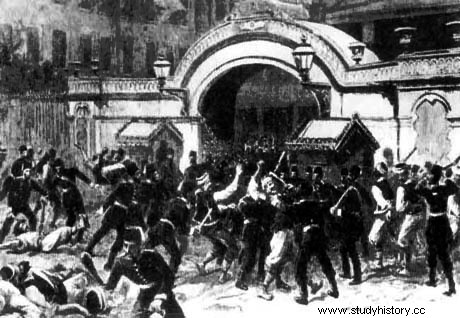
No nation wants foreign interference in state affairs, even if it is related to civil conflict. Pressure from Britain, France and Russia made the Muslim population in the locality speculate that the foreign powers might be trying to build a Christian empire in Armenia.
Disputes between Christian and Muslim populations continued to increase day by day. The furious public had the erroneous idea that the Christian population was trying to take over the throne. The reforms only seemed to hammer at that fact, as the Kurdish leaders of the violent riots lost confidence in their sultan because they bowed to foreign pressure.
The new reforms caused by foreign intervention ignited the fuse that had already been heated to the top.
The main perpetrator behind the Armenian massacre in Susan and Mush, entitled Kurdish sheikh in Zilan, visited the Diyarbakir region. He inflamed the heated sparks from violent clashes to roaring hatred flames that burned like lava in the veins of the Muslim population.
The Kurdish sheikh was a major puppet show for the events that unfolded afterwards, stimulating Muslims against Christians.
People with influence among the Muslim population sent their sultan a telegraph which said:"Armenia was conquered with blood, it will only give in with blood."
Curtain lifting of the massacre:
The massacre in the city of Diyarbakir did not just happen by accident. Just like most notable events in history, there is a forgotten story behind it. Let us immerse ourselves a little in the run-up to the heinous Christian massacre.
The perpetrator in connection with a fire that had allegedly destroyed Christian shops, was somehow elected governor of the city of Diyarbakir. The Armenians and Assyrians protested vehemently against this.
The newly elected governor tried to force the Christian people to sign letters of thanks in favor of him being appointed governor to stabilize and gain support for his position.
This was the last straw the Christian population could take, and they began to close their shops and openly protested against the government. More than 1,200 people signed a petition asking the governor to be removed from the city. The protest continued to pick up speed until an appropriate response was sent from the higher ones.
This caused a rift between the Muslim and Christian population, the city and the authorities used this as an influence to provoke the population against the Armenians and Assyrians.
It is said, however, that the governor himself forbade any action against the Christians, but somehow the events took place anyway.
The day of the massacre
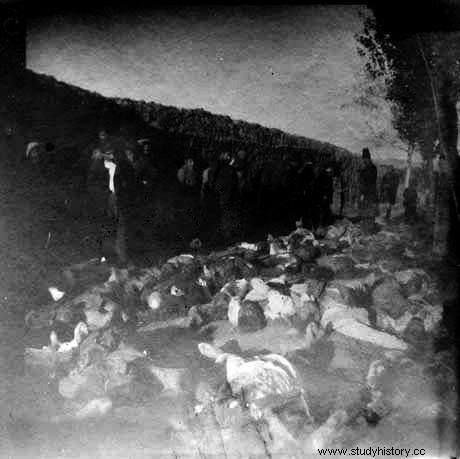
• November 1, 1895- Foreigners fired shots outside the Great Mosque in Diyarbakir as the Muslim prayer took place during dinner.
• It was recorded as a report in Ottoman government documents that Assyrians had started firing outside the Great Mosque.
However, according to the report from the French consul, it was noted that a police officer had shot a passing Chaldean Catholic, coinciding with the time of the prayers.
• The Muslim public, agitated for all reasons, began to attack any Armenian they could find in the immediate area.
• The minor clash did not take long to turn into a mob that spread like a disease throughout the city, not long after.
• The enraged Muslim population began targeting Christians in the area. Burns down their shops, destroys their homes and plunders everything and everything that belongs to the Christian masses.
• The fires that started burning a few Christian shops soon went out of control, destroying everything that spread undisputedly around the city. It is said that the fire could literally be seen from Ergani, which existed about 55 kilometers from the city.
• Any Christian person who was not able to immediately flee the mob was chased and shot. It is estimated that around 2 million Turkish pounds were the damage alone from the first day of looting and fires in the province.
• The next morning, a systematic genocide of the Christian population began. Numerous men, women, children were murdered in cold blood. The girls were carried away and forced to convert to Islam.
• Some Christians managed to save themselves and their loved ones by defending themselves with the weapons they had in hand while fighting in narrow streets.
• Around 1,500 people were protected by the French consulate. The mob attacked the consul, who served to arouse fear in the hearts of the governing bodies inside.
It is said that the consul himself ordered the shooting of his wife and children in case the mob came to them, for fear that heinous acts might occur to his loved ones.
A telegram asking for help was sent, somehow in confusion, to Constantinople, where the embassy was located.
• The Diyarbakir massacre, killed many Christian citizens, although the governor later declared an end to all violence and weapons to be seized or the threat of severe punishment for those who break the law.
While this may be the case, it is certain that even the government and the enforcement authorities themselves participated in the looting and massacres.
• The following year, the total death toll was concluded by the British Vice-Consul who visited Diyarbakir. It is estimated that around 1,000 Christians died in total, while 155 women among them were kidnapped and forcibly converted to Islam by the Kurds.
• One of the ways many Armenians found to save themselves was to convert to Islam. Although it may have been under threat of violence and murder, it was still a legitimate way to survive the massacre. Most of the converted Armenians returned to the Christian religion after the end of the turbulent times.
Massacre in the countryside (east of the city)
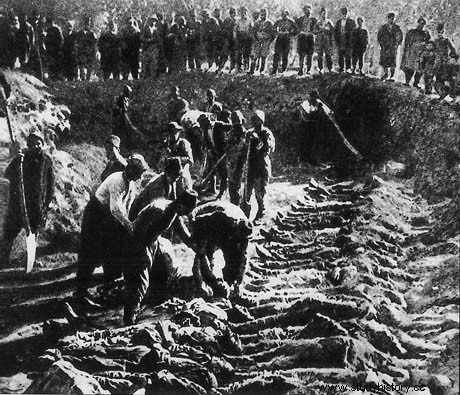
Kill Sa'diye, Qatarball, Qarabash and Mayafaraqin
While the massacre in the city may have been carried out by order of the governor, it continued to spread east of the city in the rural region. Sa'diye was a village inhabited by some 3,000 Armenians and Assyrians.
The Turks (who were not allowed in through the gates of Diyarbakir city, for fear that they would not discriminate in the killing spree, between Christians and Muslims) killed them all.
The village was surrounded and overrun by the Turkish raid party. The men were killed first, then the women and finally the children. A small number of villagers hid inside the church in the hope of surviving. It was burned to the ground, and those who were inside with it burned alive.
You may find it a bit of a stretch to imagine or even a cinematic folk tale, but it is said that three people survived the massacre in the village by hiding under the bodies of others.
In the similar incident that took place in Mayafaraqin, 15 people out of 3,000 inhabitants (consisting of Protestant Christians, Jacobites, Armenians) survived.
Qarabash was totally ravaged by ruins, while Qatarball was another killing spree that left only three alive of 300 families.
It was claimed by a contemporary Syrian Catholic priest that apart from those mentioned above, there were 10 more villages that were ravaged beyond any chance of salvation. Which cost at least another 4,000 or more victims.
The massacres on the outskirts of Diyarbakir left around 20,000 30,000-10,000 in great need of shelter and food. At least XNUMX XNUMX people were considered homeless after the wave of massacres passed.
The wave of massacres reaches Tur Abdin
The city itself was spared any massacre, as city officials were not affected by the Kurdish instigators of the massacres or the clerics of the clergy.
The people of this province were too mixed with some of the religions to be separated from anyone. Which leads to fears among Mardin officials that the Kurds could kill everyone in their mad killing spree.
When the Kurds arrived in the city, they were driven away by the local defending Muslim forces. The governor soon ordered that the gates be closed and the city defense set up to repel attack forces.
While the city was spared the massacre due to the defense in place, the surrounding regions were not so lucky.
• Tell Armen that a village near Tur Abdin was deleted from the map. The church burned to ashes and the village plundered to the bone.
Al-Kulye, a settlement of about 2,000 Jacobites, was also wiped out
Banabil suffered a similar fate as the above-mentioned villages, but Al-Mansurye survived due to the help of other nearby settlements.
• The Jacobite patriarch lived in Qalaat Mara, and the people were able to survive due to the escape to the Saffron Monastery. The people set up their defenses at the monastery and were able to withstand the attacks of the Kurds.
According to a report of events given by Patriarch Barsoum, there is another reason why the city and the immediate region were relatively less damaged than the unlimited massacre around Diyarbakir.
A request for protection was sent by two Assyrian people with high influence and wealth. This prompted the governor to send a force to protect the city and surrounding region from Turkish raids until the winds subsided.
